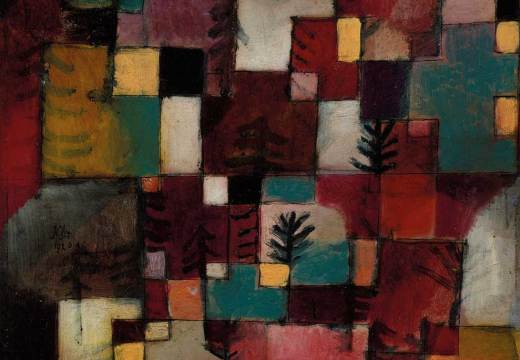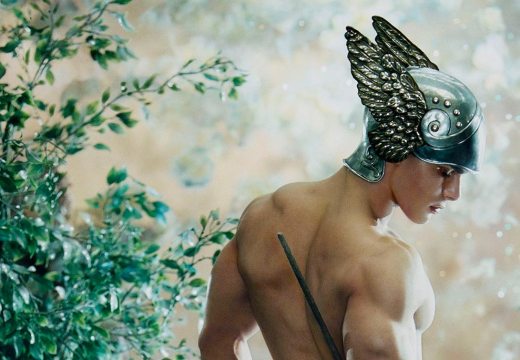In this ongoing series, Apollo previews a range of international exhibitions, asking curators to reveal their personal highlights and curatorial impulses. Miguel Falomir is the curator of Italian Renaissance Painting at the Museo del Prado, and curator of ‘The “Furias”: Political Allegory and Artistic Challenge’
Can you tell us a bit about the exhibition?
The exhibition focuses on four mythological figures: Tityus, Sisyphus, Tantalus and Ixion that, as an ensemble, became a part of the history of art in 1548, when Mary of Hungary commissioned Titian to paint them. The exhibition shows how the subject evolved throughout Europe in the subsequent 150 years as a political allegory but also as an example of artists’ virtuosity.
What makes this a distinctive show?
This show is distinctive in that it carefully examines how the works of art embodied aesthetic notions such as those of varietas and the representation of the affetti (gestures and body language, in this case that of supreme pain), and how, viewed together, they relate to the larger issues of artistic progress, imitation or originality.
How did you come to curate this exhibition?
This exhibition has its roots in the catalogue raisonné of the Titian collection at the Museo del Prado, on which I have been working for several years. In the catalogue, those paintings which originally formed part of sets – the Camerino d’Alabastro or the Furias – are preceded by a brief introduction. While working on the Furias introduction, I realised that the subject offered the opportunity to create an exhibition with great visual potential.
What is likely to be the highlight of the exhibition?
It is hard to say, due to the outstanding quality of all the works, but to see together Michelangelo’s Tityus (The Royal Collection), Titian’s Tityus (Museo del Prado) and Rubens’ Prometheus (Philadelphia Museum of Art) is quite an experience.
And what’s been the most exciting personal discovery for you?
The extent to which there existed around this subject a common artistic geography, despite the religious and political differences in 16th- and 17th-century Europe, with artists and patrons sharing aesthetic interests and works of art, and ideas circulating throughout the continent.
What’s the greatest challenge you’ve faced in preparing this exhibition?
Despite some logistical problems (many works are very large and a few are quite fragile), my main concern has been how to convey the shock experienced when these paintings were first produced and seen.
How are you using the gallery space? What challenges will the hang/installation pose?
Since it is not a very large exhibition, we have been able to display most of the works in a space shaped like a Greek cross in which the paintings and drawings speak to each other. They surround, a 1:1 copy of the Laocoön in the center of the gallery, the confessed inspirational source for all the artists in the exhibition.
Which other works would you have liked to have included?
Thankfully, I was able to obtain all the requested loans but, of course, I would not mind having the original Laocoön.
‘The “Furias”: Political Allegory and Artistic Challenge’ is at the Museo del Prado from 21 January–4 May.
Unlimited access from just $16 every 3 months
Subscribe to get unlimited and exclusive access to the top art stories, interviews and exhibition reviews.














![Masterpiece [Re]discovery 2022. Photo: Ben Fisher Photography, courtesy of Masterpiece London](http://www.apollo-magazine.com/wp-content/uploads/2022/07/MPL2022_4263.jpg)
Has the Fitzwilliam lost the hang of things?